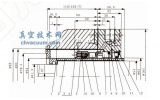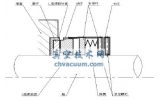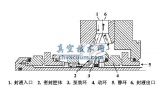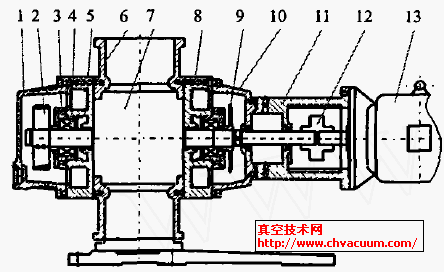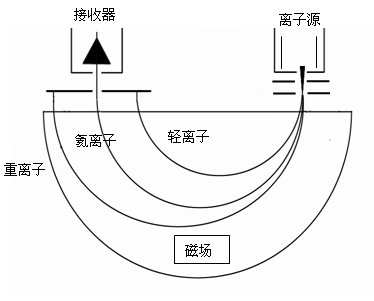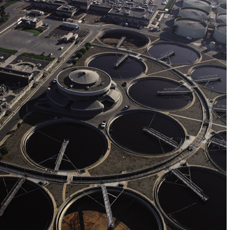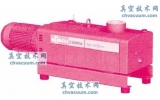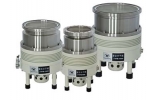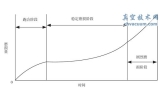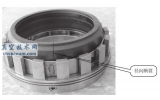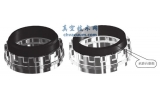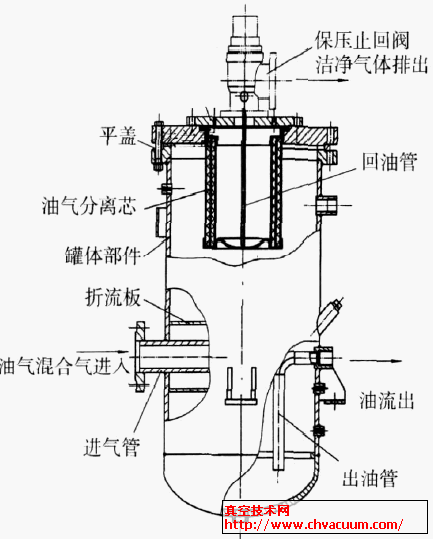太阳能空调蓄热水箱特性研究
根据南京地区的太阳辐射强度及典型建筑负荷的日变化规律,得出单位集热面积时可满足的负荷建筑面积及蓄热水箱温度变化规律;并对几种不同体积蓄热水箱进行了分季节的启动时间分析。结果表明,蓄热水箱体积影响着户式太阳能空调系统性能:夏季,在单位集热面积的情况下,水箱体积以70L为基准,体积增大114%,热水工作范围减小54%,可承担负荷减小25.2%,同时,体积增大到150L后启动时间也变为原来的2倍以上,可见,蓄热水箱体积越小越好,但它存在一个最小值随着日工作时间的延长而增大;冬季蓄热水箱体积对负荷的影响较小,但即使70L的水箱,冬季启动耗时也比夏季多4h。
关键词:太阳能空调;蓄热水箱;负荷建筑面积;水箱体积
Abstract: The changing regularity of temperature in hot water tank and load of building reached under the unit area of collector was obtained according to the undulations of solar radiation intensity and load of typical buildings in Nanjing area,and the time for tank with different volumes to start-up was analyzed in summer and winter.The results show that the performance of the household air conditioning system is impacted by the volume of the tank : in summer,under the unit area of collector and the tank of 70L,with the volume increased by 114%,the range of the tempertature of hot water decreased by 54% and the building area of the load decreased by 25.2%,at the same time,with the volume increased to 150L,the time for start-up is twice longer than before,that said,it was better,the tank smaller,but the minimum volume is existed,which with the extending of working time bigger and bigger;in winter,the effect of the tank volume on the load is small,but the time for start-up is 4 hours longer in summer than in winter,with the tank of 70L.
Keywords: solar air conditioning;hot water tank for heat storage;the building area of load;the volume of the tank
随着人们对环境问题的重视及能源的紧张,对清洁无污染的太阳能的开发和利用显得相当重要。太阳能空调系统作为其中不可或缺的一部分,近年来得到广泛的关注[1]。但是对于太阳能空调系统中的蓄热问题,一直是困扰太阳能空调发展的重要问题,之前很多学者对蓄热水箱以温度分层水箱为模型做了研究[2,3],为蓄热水箱容积的确定奠定了理论基础,但现阶段较为稳定可靠的还是整体式的水箱。本文对整体式水箱从体积大小和南京地区房间负荷的季节变化出发,研究单位集热面积下,无辅助热源时,系统不同季节的可承担负荷及启动特性,为户式太阳能空调系统的节能研究提供依据。
(1) 对于太阳能空调系统,夏季单位集热面积下,蓄热水箱以70L 为基准,体积增大114%时,热水工作范围减小54%,可承担负荷减小25.2%,即体积是越小越好的,但又不能太小使得热水工作温度超过临界值,可是随着日工作时间的延长,最小体积需要增大; 冬季时,水温和负荷对体积的要求较低;
(2) 系统的启动与蓄热水箱的体积密切相关,无论冬季还是夏季,蓄热水箱体积增大114%达到150L,启动时间都延长为2 倍以上; 分季节来看,蓄热水箱为70L 时,夏季启动也比冬季要少用时25%,而体积越大,这个值也越大;
(3) 如何使夏季蓄热水箱工作体积的最小值更小而容热能力更强,与此同时,降低水箱内水温的逐时变化率,提高单位集热面积可承担的负荷及系统的稳定性,并使启动加速,是一个值得探讨的问题。
参考文献:
[1]Zhai X Q,Wang R Z.A review for absorbtion and ad-sorbtion solar cooling systems in China[J].Renewable and Sustainable Energy Reviews,2009,13:1523-1531.
[2]于国清,汤金华,邹志军.太阳能热水系统蓄热水箱温度分层作用研究[J].建筑科学,2007,23(4):70-73.
[3]LI Z F,Sumathy K.Experimental Studies on a Solar Powered Air Conditioning System With Partitioned Hot Water Storage Tank[J].Solar Energy,2001,71(5):285-297.
[4]陆耀庆.实用供热空调设计手册[M].北京:中国建筑工业出版社,1993.
[5]Service Water Heating.ASHRAE Handbook-HVAC System and Applications[M].Ameriea,1987.
[6]张晴原,Joe Huang.中国建筑用标准气象数据库[M].北京:机械工业出版社,2004.


